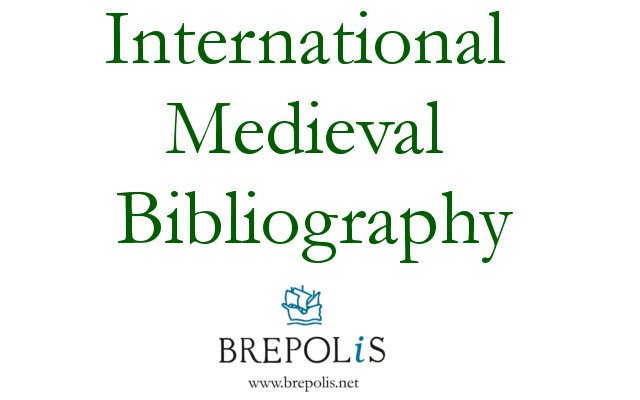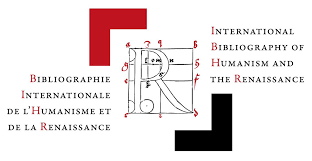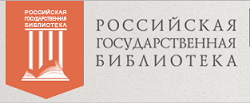The centenary of World War I in Serbia: A war of monuments
DOI:
https://doi.org/10.31168/2073-5731.2020.3-4.1.07Keywords:
Revisionism, historical memory, the centenary of the First World War, Nikolai II Alexandrovich Romanov, G. Princip, Russian-Serbian tiesAbstract
The anniversary of the First World War in Serbia has become an occasion for exacerbating public discussion and drawing attention to the rise of revisionism in NATO countries. Fear of a revision of the history of World War I influenced Serbian society and elites on the eve of the centenary. The concerned Serb elites responded with a wide range of events organized in Serbia and Republika Srpska. Within the framework of the commemorative events dedicated to the anniversary, monuments, installed and restored by the Serbian authorities and their foreign partners, have received special significance. These were monuments to the Serbian patriot G. Princip, to the famous Iron Regiment, to the woman volunteer-soldier Milunka Savic. They are traditional figures of the Serbian memory of the First World War. At the same time, Serbian authorities did not succeed in their attempt to perpetuate in monumental forms the head of the Serbian military intelligence D. Dimitrievic-Apis, the leader of the Serbian nationalist organization Black Hand, which patronized the Mlada Bosna organization that prepared the assassination on Franz Ferdinand. The Russian-Serbian monuments of the First World War in Serbia presenting Nicholas II and the military brotherhood of the two peoples were of special significance. All new monuments have become memorial sites and at the same time attractive points for various political forces expressing their sympathies and antipathies through symbolic gestures towards them.
For citation
Timofeev A. Y. The centenary of World War I in Serbia: A war of monuments // Slavic Almanac. 2020. Issues 3–4. P. 127–149. DOI: 10.31168/2073-5731.2020.3-4.1.07






